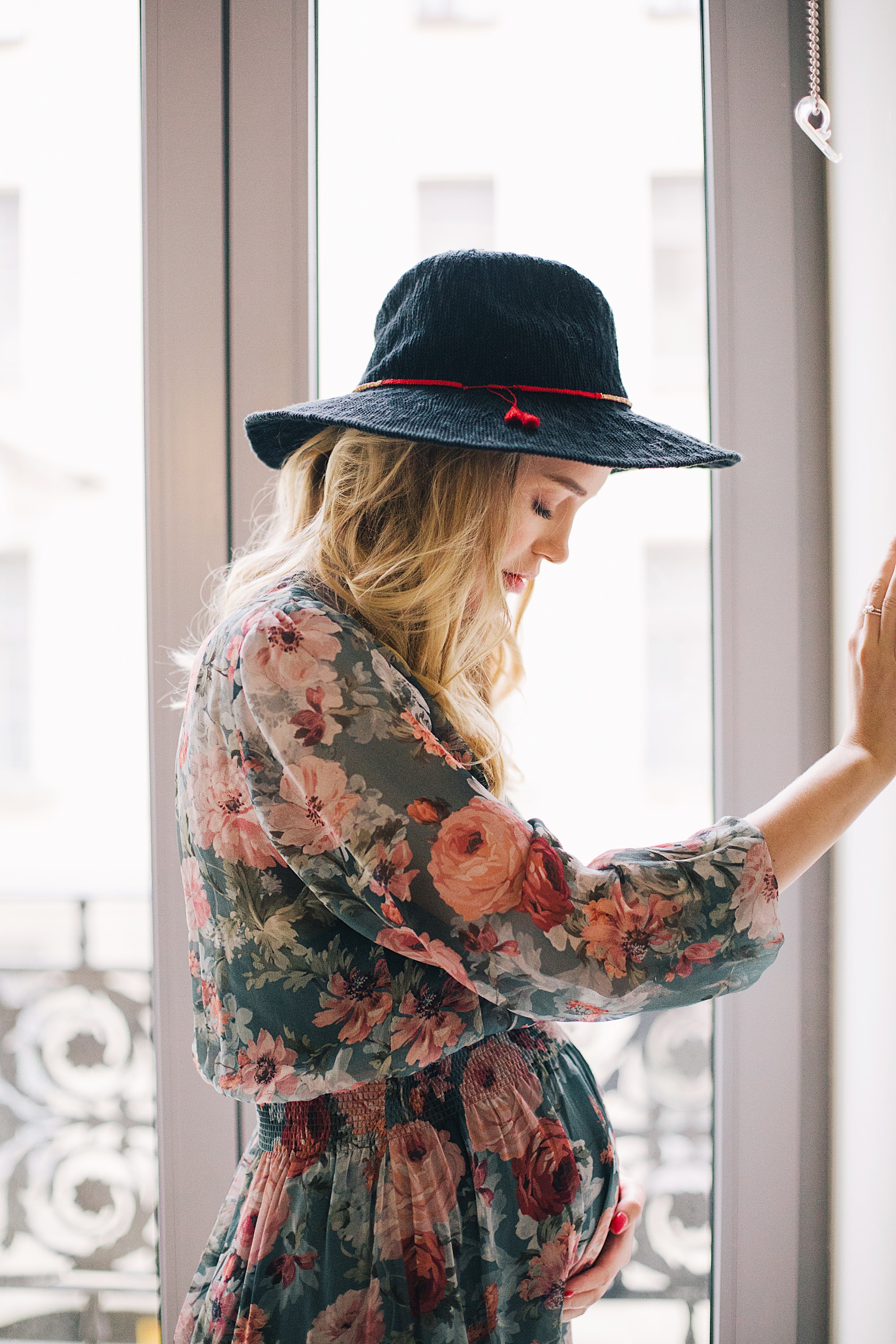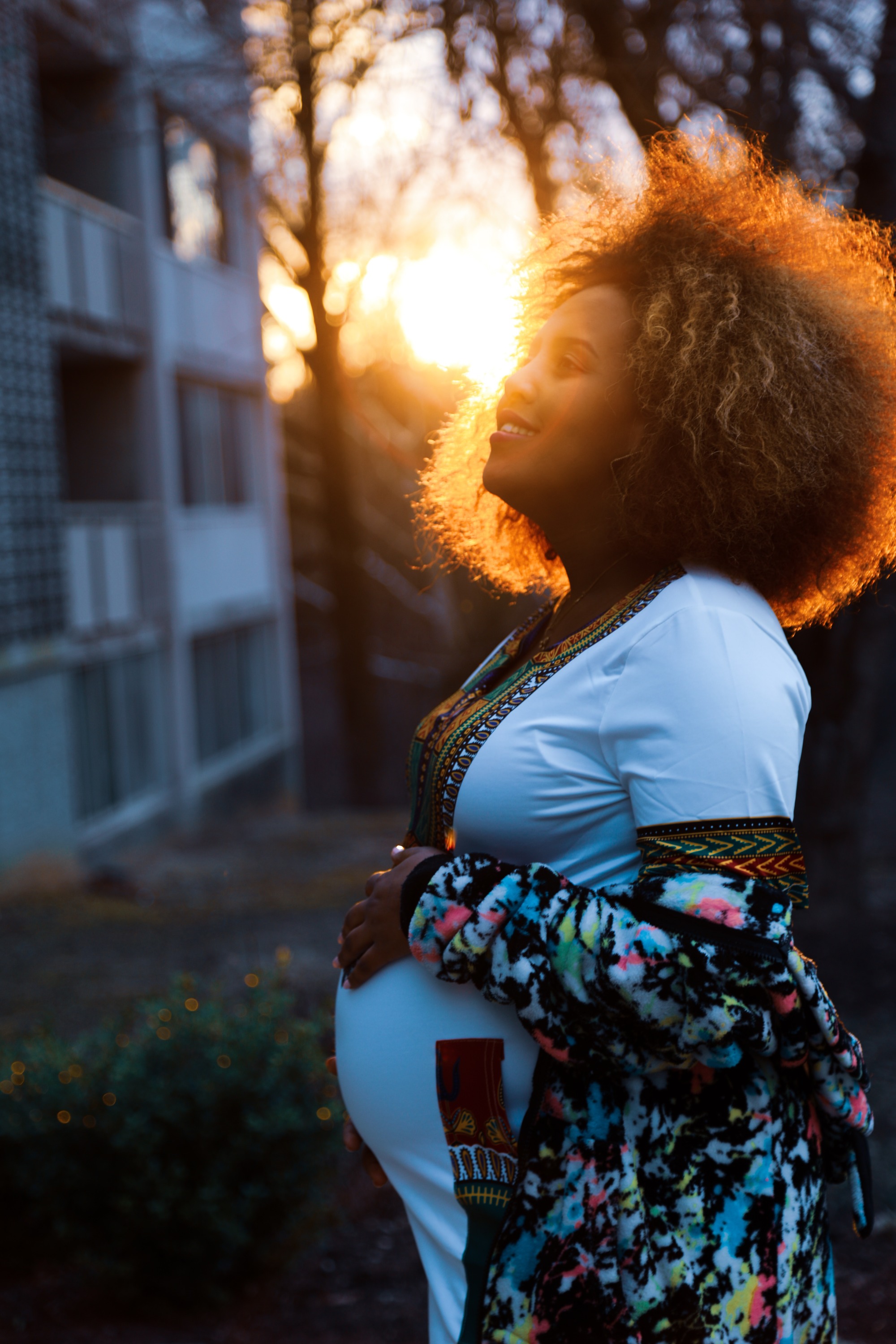14 Early Signs of Pregnancy (part 1)
By MomMed | 21 September 2020 | 0 Comments
When you’re trying to conceive, any slight new symptom can get your heart pounding. Waiting to see if two pink lines are in store for you this month can be agony, so it’s hard not to read into every twinge, cramp, and an extra trip to the bathroom. But what are the first signs of pregnancy you should really be on the lookout for?Here, we break down the most common early pregnancy symptoms and what you can do to ease any ensuing discomfort.
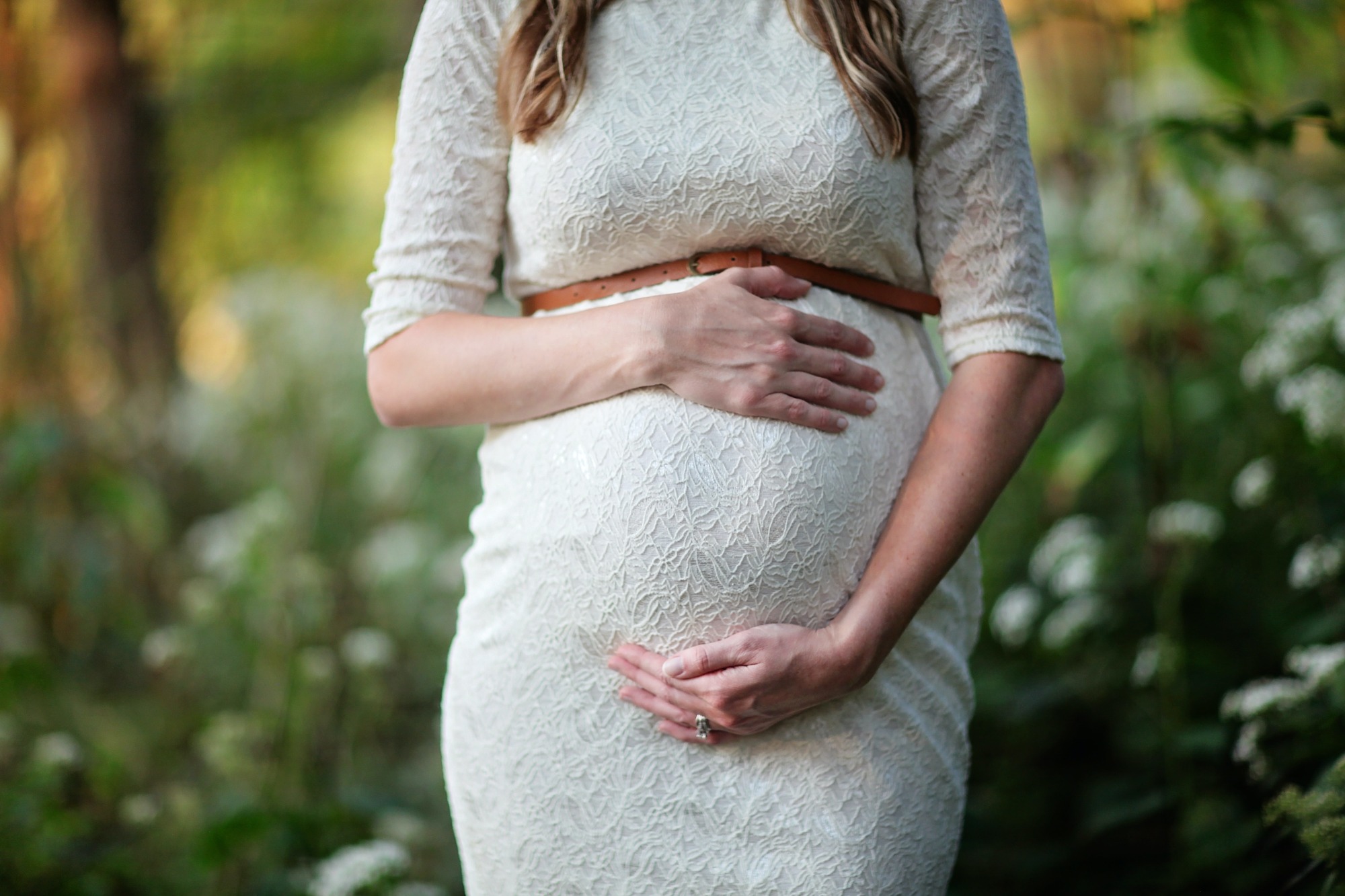
What should you do?
Get a supportive bra to ease the discomfort of this pregnancy symptom. Talk to a professional who can help you with a fitting, and be sure to leave a little extra room. Trust us, they’re going to keep growing. And don’t be afraid to use either warm or cold compresses if things get really uncomfortable — just use whichever feels right for you.
What should you do?
As with so many other pregnancy symptoms, this is one that requires a grin-and-bear-it approach. The deepening color shouldn’t be a cause for concern — it’s a harmless part of the pregnancy experience. Your nipples are probably much more tender now too, especially when you’re cold or something rubs against them. Applying warm compresses and wearing a lightweight, soft cotton bra can help.
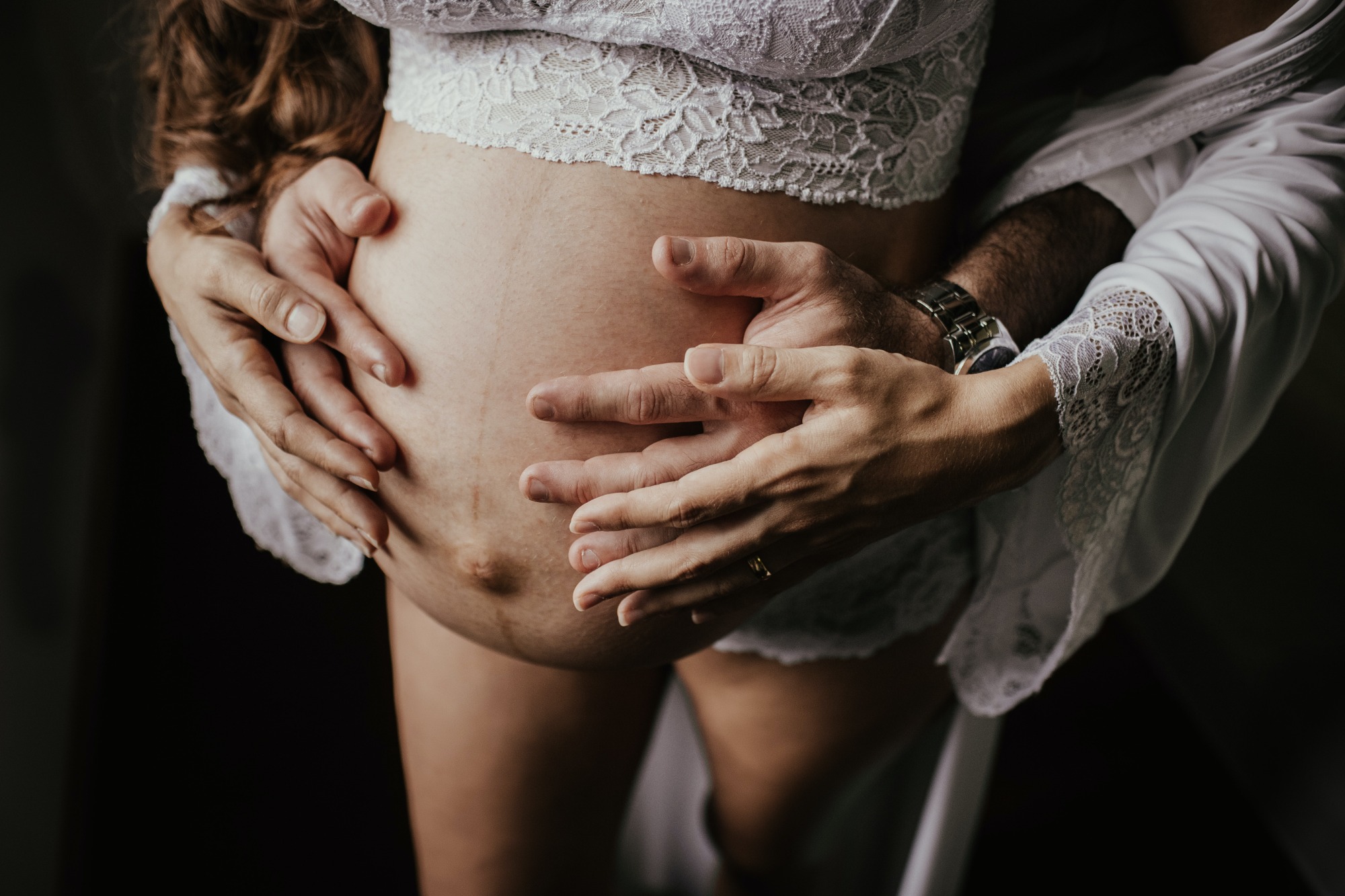
What should you do?
If you’re having cramps, don’t panic. Many women immediately fear a miscarriage, but according to Kimberly Harney, MD, a clinical associate professor of obstetrics and gynecology and maternal-fetal medicine at the California-based Lucile Packard Children’s Hospital Stanford, “mild cramping in the pelvis that’s symmetrical and generally in the center above the pubic bone could be normal in early pregnancy.”
4. Spotting
Having some light pink or brown spotting about a week before your period is due? If you’re wondering “can bleeding be a sign of pregnancy?” the answer is actually yes. It could be what’s called implantation bleeding, one of the early signs of pregnancy. It happens six to 12 days after conception, when a fertilized egg burrows deep into the lining of your uterus, causing a bit of mild irritation. When it’s happening, it can easily be confused with the onset of your period, so it’s one of those pregnancy symptoms that’s often noticed only in hindsight. “You probably won’t know that the irregular bleeding you had was implantation bleeding until you get that positive pregnancy test and remember that you had some spotting,” Justice says.
What should you do?
Keep your fingers crossed — this could be a good sign. Be sure to take a pregnancy test if your period is late to arrive to determine if your spotting really is an early sign of pregnancy. If it turns out you haven’t conceived, note the date the spotting occurred and which cycle day you were on. Pay close attention to your next few cycles and see if you notice any spotting — mid-cycle bleeding can be a sign of a medical condition that would require a doctor’s diagnosis, so definitely visit your ob-gyn if you notice a pattern.
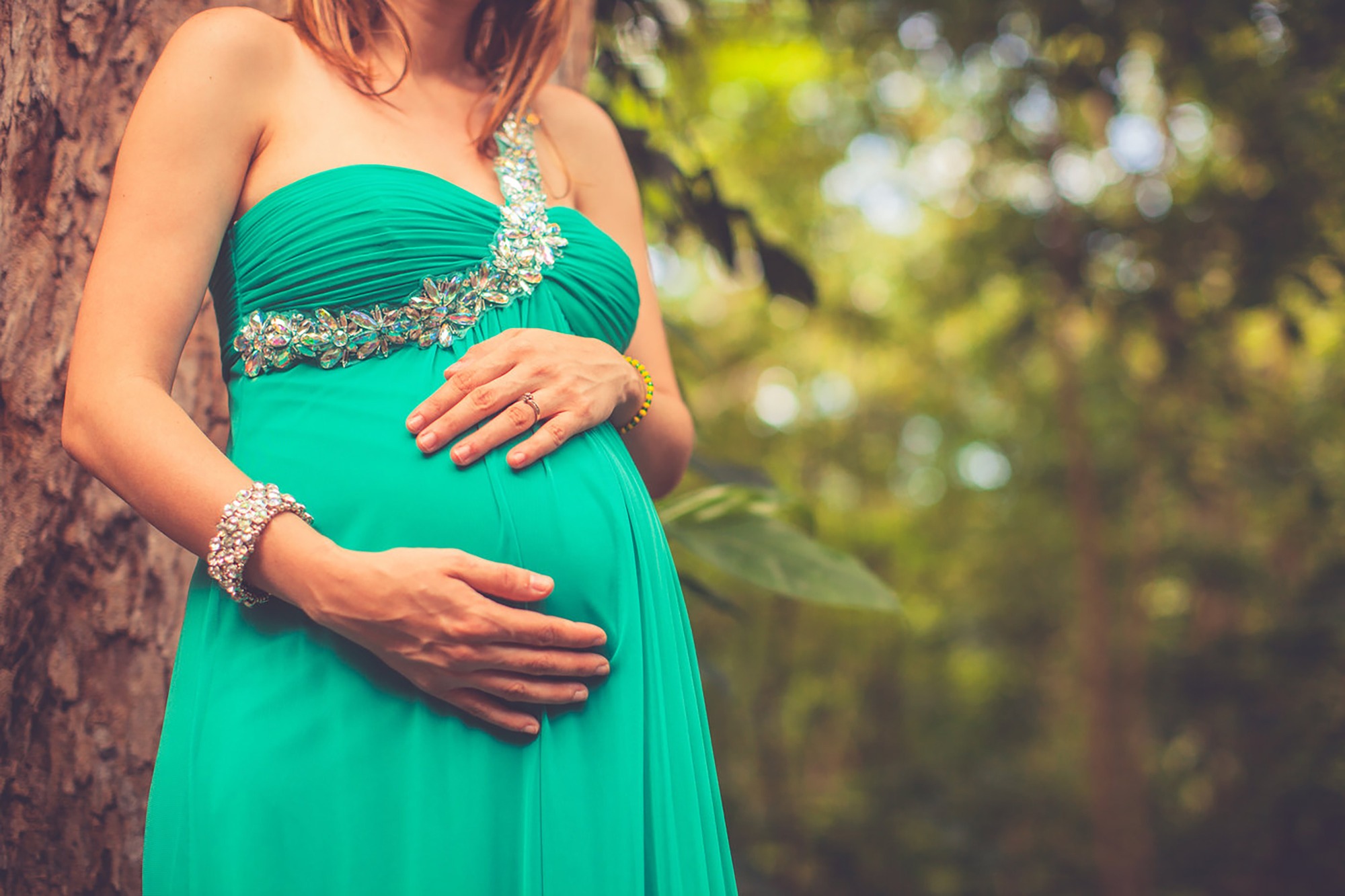
5. High Basal Body Temperature
If you’ve been charting your basal body temp, you may be privy to one of the subtle signs of pregnancy that many women won’t even notice: a higher than normal reading. When you’re charting, your basal (or waking) temperature peaks when you ovulate, then gradually decreases during the latter part of your cycle until your period begins. But if you get pregnant during the cycle, your basal temperature won’t plummet; instead, it’ll stay high.
What should you do?
If you’ve been charting, just keep doing what you’re doing and enjoy seeing those high temps. If you haven’t been tracking it and are trying to conceive, consider starting a basal temperature chart to become more familiar with your cycle. The best time to start your chart is the day your period begins.
6. Fatigue
This can be one of the more difficult early signs of pregnancy to deal with. It’s not just a loss of energy we’re talking about here—it’s more of a can’t-keep-your-eyes-open-another-second total exhaustion that you’ll likely deal with throughout the first trimester. This mind-numbing fatigue sets in thanks to those pregnancy hormones and, more importantly, from your body’s efforts to nurture baby’s development.
What should you do?
Don’t be afraid to press snooze or take that early evening nap you’ve been daydreaming about. The better you feel, the better baby will too. There are also certain energy-boosting foods for pregnancy that can help you cope with first-trimester fatigue.
7. Frequent Urination
Peeing more than usual? It may not be one of the first early signs of pregnancy you notice, but having to urinate more frequently is definitely among the standard pregnancy symptoms and tends to kick in about two to three weeks after conception.
What should you do?
If you’re slipping away to visit the ladies’ room all night and it’s not because of one too many margaritas, pick up a pregnancy test and call your doctor. It’s possible you have a baby on board.
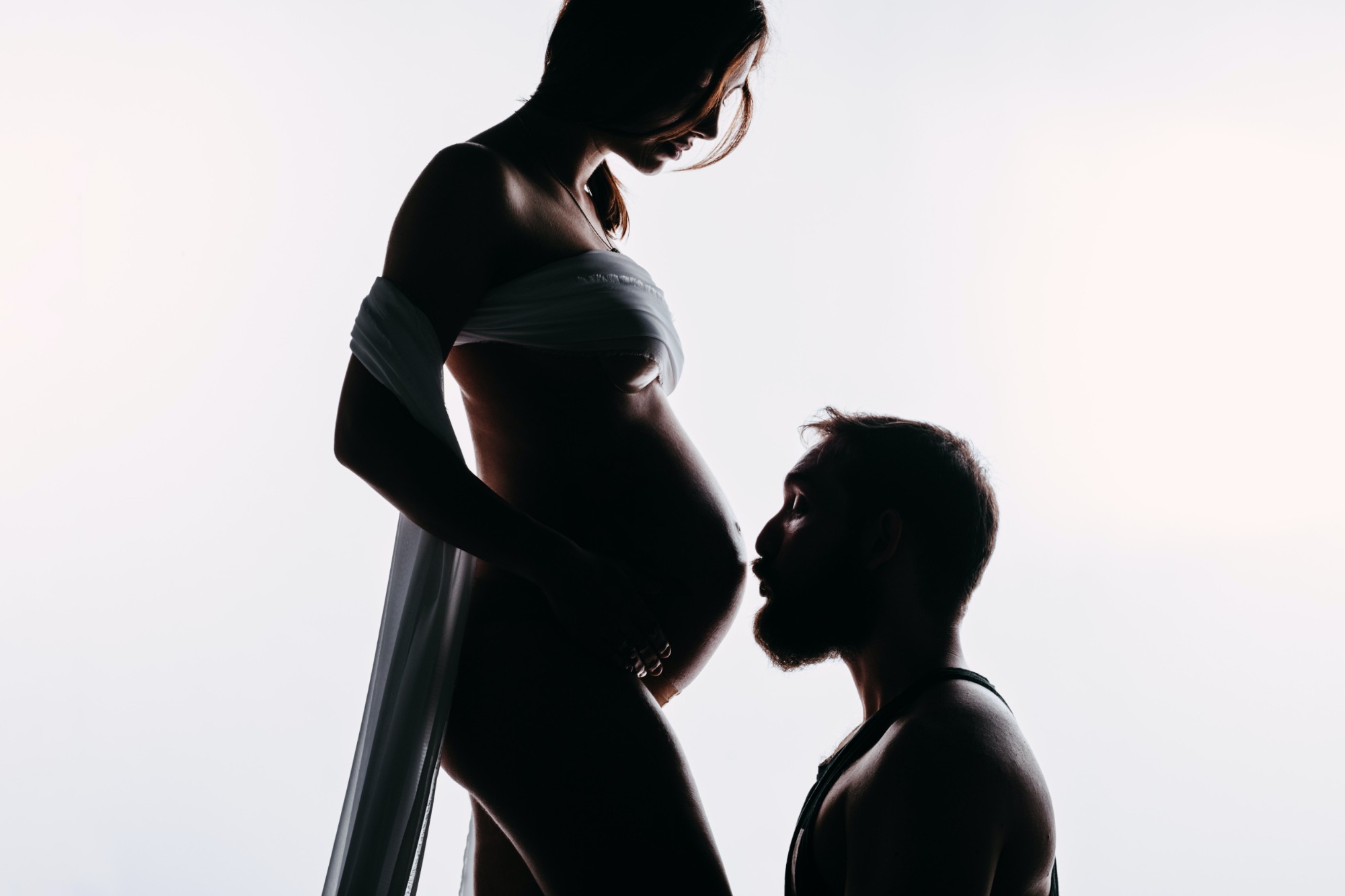
For more information:
Our official website home page: www.mommed.com
Our Facebook page: www.facebook.com/mommedcare
Our Instagram: https://www.instagram.com/mommedcare/
https://www.instagram.com/mommedofficial/
Our Reddit Community: https://www.reddit.com/r/TTCSupportGroup/

1. Sore Breasts
Are your boobs killing you? Do they feel tender and swollen? If so, it’s possible you’ve conceived this cycle. Sore breasts are often one of the first early symptoms of pregnancy that women experience, which means you can also expect sore nipples in early pregnancy. Unfortunately, a lot of women experience soreness as a normal part of their monthly menstrual cycle, so it can be hard to tell the difference between the typical breast tenderness before your period vs an early pregnancy sign. But there’s one key difference: In pregnancy, the tenderness doesn’t go away like it normally does with PMS, Justice says. Instead, the painful, tingly sensations tend to get worse as time passes, often leveling off around the end of the first trimester.What should you do?
Get a supportive bra to ease the discomfort of this pregnancy symptom. Talk to a professional who can help you with a fitting, and be sure to leave a little extra room. Trust us, they’re going to keep growing. And don’t be afraid to use either warm or cold compresses if things get really uncomfortable — just use whichever feels right for you.
2. Darkening Areolas
Your areolas — aka the area around your nipples — can start to appear darker and larger as early as one or two weeks after conception, making this one of the more noticeable early signs of pregnancy. And that’s not all — look closely and you’ll see that the veins in your breasts are more visible as well. You might also notice little bumps popping up around the edges of your areolas. They’re called Montgomery tubercles, designed to help lubricate your nipples once the baby is here and ready to nurse. If you haven’t realized it yet, your breasts will undergo lots of changes during pregnancy.What should you do?
As with so many other pregnancy symptoms, this is one that requires a grin-and-bear-it approach. The deepening color shouldn’t be a cause for concern — it’s a harmless part of the pregnancy experience. Your nipples are probably much more tender now too, especially when you’re cold or something rubs against them. Applying warm compresses and wearing a lightweight, soft cotton bra can help.

3. Cramping
Similar to sore breasts, cramping is among the early signs of pregnancy. The cramping shouldn’t be severe, though, so contact your doctor if you’re doubled over in pain, if you feel intense pain on only one side, or if you’re experiencing simultaneous bleeding and cramping (outside of your menstrual period, of course).What should you do?
If you’re having cramps, don’t panic. Many women immediately fear a miscarriage, but according to Kimberly Harney, MD, a clinical associate professor of obstetrics and gynecology and maternal-fetal medicine at the California-based Lucile Packard Children’s Hospital Stanford, “mild cramping in the pelvis that’s symmetrical and generally in the center above the pubic bone could be normal in early pregnancy.”
4. Spotting
Having some light pink or brown spotting about a week before your period is due? If you’re wondering “can bleeding be a sign of pregnancy?” the answer is actually yes. It could be what’s called implantation bleeding, one of the early signs of pregnancy. It happens six to 12 days after conception, when a fertilized egg burrows deep into the lining of your uterus, causing a bit of mild irritation. When it’s happening, it can easily be confused with the onset of your period, so it’s one of those pregnancy symptoms that’s often noticed only in hindsight. “You probably won’t know that the irregular bleeding you had was implantation bleeding until you get that positive pregnancy test and remember that you had some spotting,” Justice says.
What should you do?
Keep your fingers crossed — this could be a good sign. Be sure to take a pregnancy test if your period is late to arrive to determine if your spotting really is an early sign of pregnancy. If it turns out you haven’t conceived, note the date the spotting occurred and which cycle day you were on. Pay close attention to your next few cycles and see if you notice any spotting — mid-cycle bleeding can be a sign of a medical condition that would require a doctor’s diagnosis, so definitely visit your ob-gyn if you notice a pattern.

5. High Basal Body Temperature
If you’ve been charting your basal body temp, you may be privy to one of the subtle signs of pregnancy that many women won’t even notice: a higher than normal reading. When you’re charting, your basal (or waking) temperature peaks when you ovulate, then gradually decreases during the latter part of your cycle until your period begins. But if you get pregnant during the cycle, your basal temperature won’t plummet; instead, it’ll stay high.
What should you do?
If you’ve been charting, just keep doing what you’re doing and enjoy seeing those high temps. If you haven’t been tracking it and are trying to conceive, consider starting a basal temperature chart to become more familiar with your cycle. The best time to start your chart is the day your period begins.
6. Fatigue
This can be one of the more difficult early signs of pregnancy to deal with. It’s not just a loss of energy we’re talking about here—it’s more of a can’t-keep-your-eyes-open-another-second total exhaustion that you’ll likely deal with throughout the first trimester. This mind-numbing fatigue sets in thanks to those pregnancy hormones and, more importantly, from your body’s efforts to nurture baby’s development.
What should you do?
Don’t be afraid to press snooze or take that early evening nap you’ve been daydreaming about. The better you feel, the better baby will too. There are also certain energy-boosting foods for pregnancy that can help you cope with first-trimester fatigue.
7. Frequent Urination
Peeing more than usual? It may not be one of the first early signs of pregnancy you notice, but having to urinate more frequently is definitely among the standard pregnancy symptoms and tends to kick in about two to three weeks after conception.
What should you do?
If you’re slipping away to visit the ladies’ room all night and it’s not because of one too many margaritas, pick up a pregnancy test and call your doctor. It’s possible you have a baby on board.

For more information:
Our official website home page: www.mommed.com
Our Facebook page: www.facebook.com/mommedcare
Our Instagram: https://www.instagram.com/mommedcare/
https://www.instagram.com/mommedofficial/
Our Reddit Community: https://www.reddit.com/r/TTCSupportGroup/
More Related:
Leave a Reply
Your email address will not be published.Required fields are marked. *

